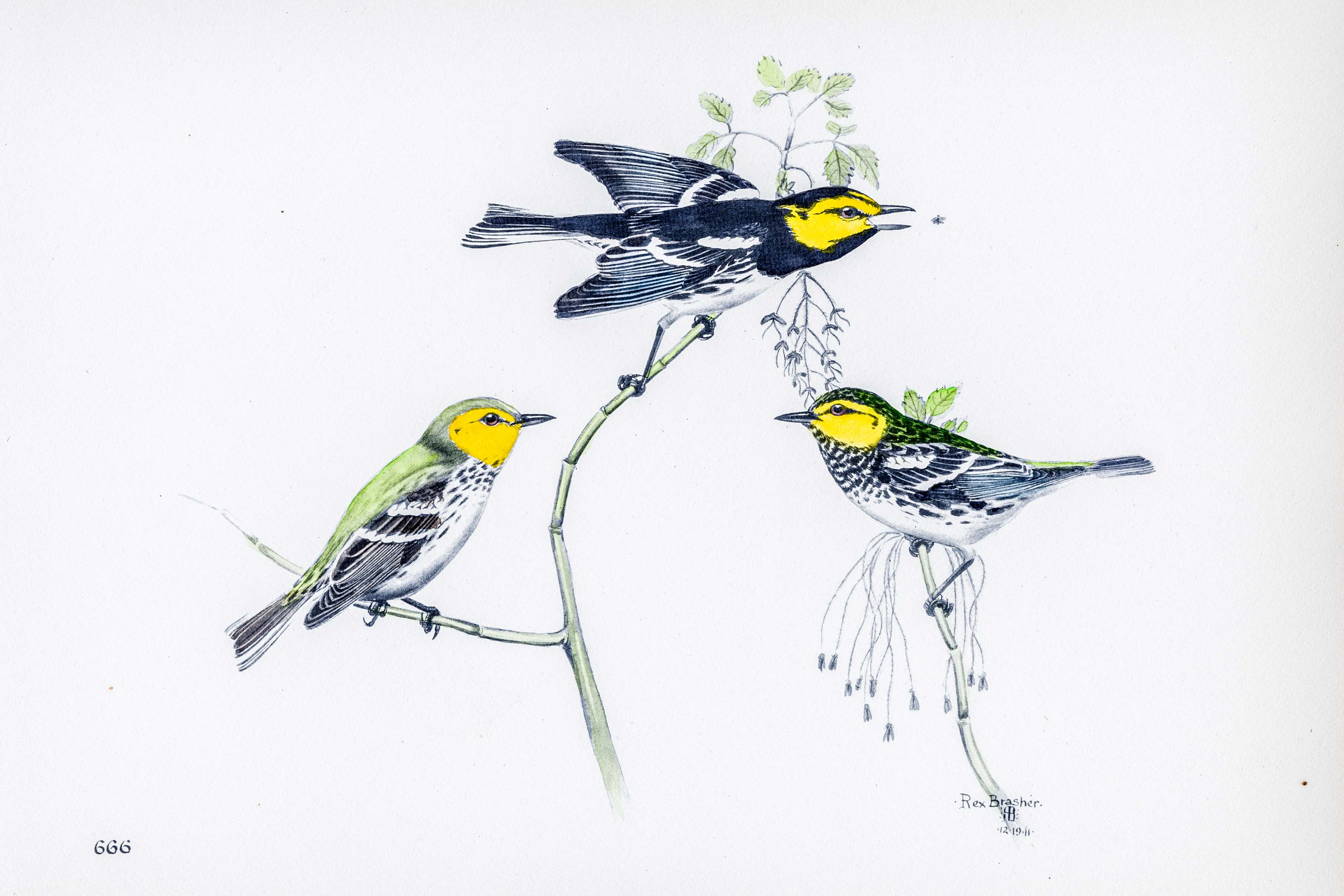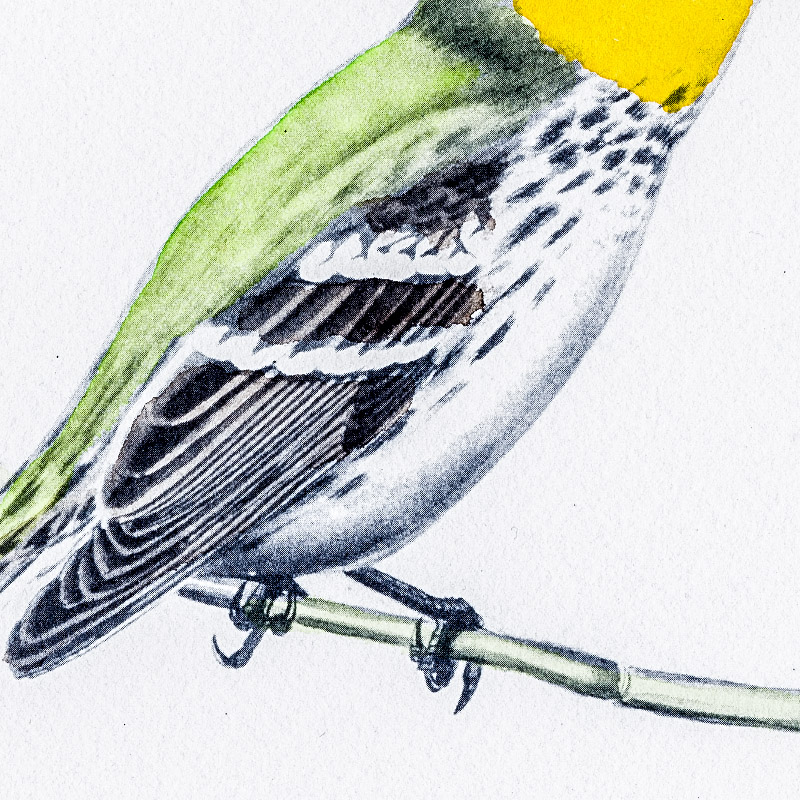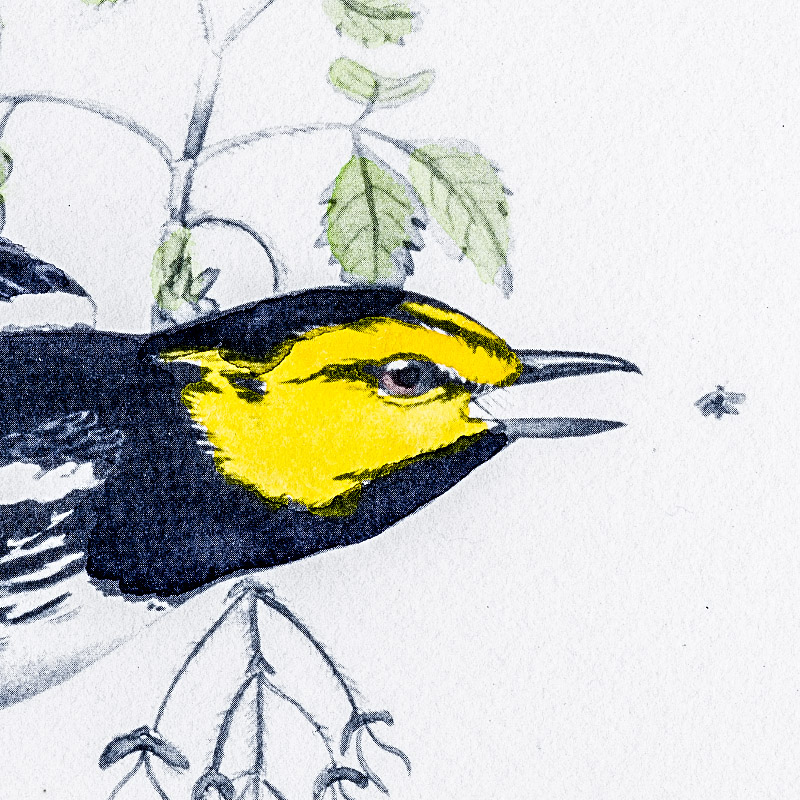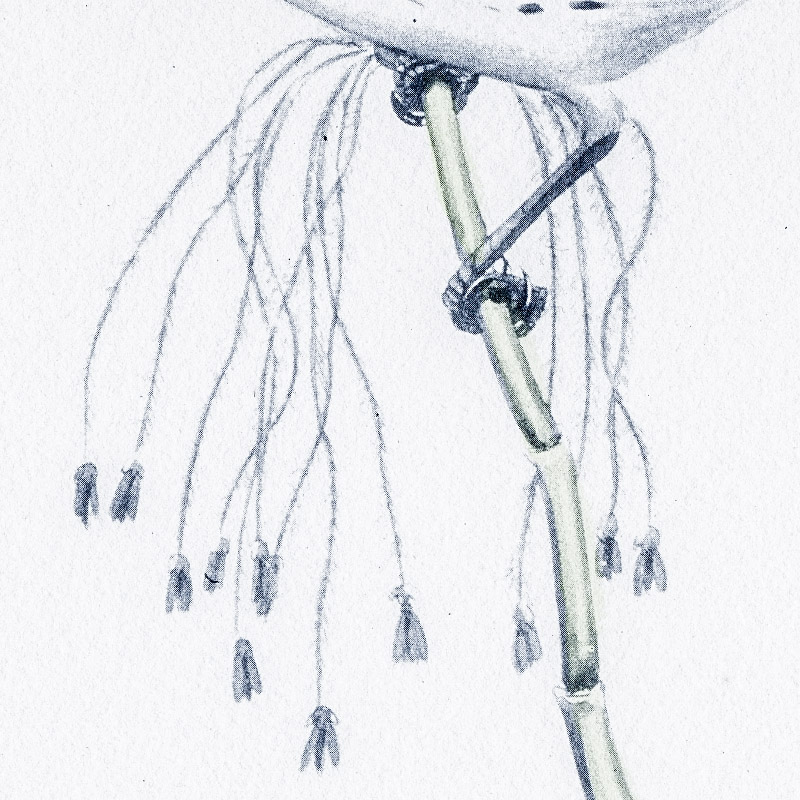






1911
1930
11
666
A team of dedicated board members, volunteers, and student interns has published every page in Volume 9. This volume includes 360 images of paintings and lyrical descriptions of birds, now available online for everyone to enjoy anywhere in the world. This is a monumental task. Each volume requires approximately 400 hours to photograph, edit, transcribe, catalog, and publish online. We need your support to complete this work.
If you're tech-savvy, have a good eye, are meticulous with details, and love structured data, please consider volunteering by emailing us at hello@rexbrasher.org.
We encourage all bird lovers and supporters to consider a monetary donation to support our mission to make Rex's work available for everyone. You can provide a one-time or recurring donation online.
This Warbler is not a bird of the forest and is seldom seen in timbered areas. Its favorite haunts are among the smaller growth of trees on wooded hillsides covering slopes leading from the canyons and the boulderstrewn ridges which separate the heads of creeks. The trees which compose this growth are chiefly juniper, mountain, black and live oak on the higher ground and oak thickets on lower flats among the foothills, interspersed in some localities with dwarf walnut, pecan and hackberry. All these trees average from ten to twenty feet in height. The junipers appear to possess some peculiar attraction for these birds for they are seldom found at any great distance from them. It is quite probable that future observations will show that some favorite insect food is found only among these trees. (Attwater)
NEST: Composed chiefly of cedar bark strips tied with spider webs and lined with fine grass, hair or feathers, usually located in fork of main limb of cedar trees about fifteen feet from the ground.
EGGS: Three or four: white thickly splashed at large end with various shades of dark chestnut, lilac and lavender.
Very local from Central Texas south.
A 50—80-foot tree widely distributed from New England to northern Florida and westward to the Rocky Mountains. Commonest in the Mississippi Valley and largest in the lower Ohio River basin.